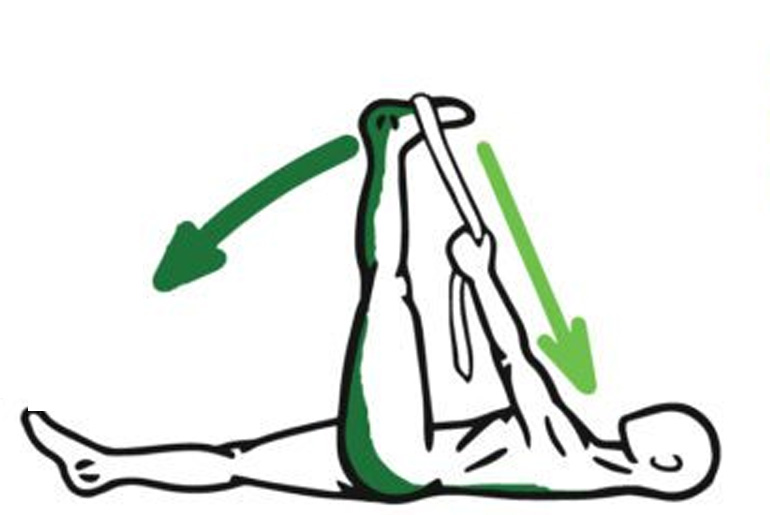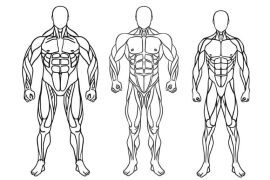Proprioceptive neuromuscular facilitation (PNF) stretching is a technique developed in the 1940s in the United States by neurologist Herman Kabat and physical therapists Margaret Knott and Dorothy Voss. Originally designed to aid patients with neurological conditions such as polio and multiple sclerosis, PNF stretching combines static stretching (holding a muscle in a lengthened position) with isometric muscle contractions (where the muscle produces force without changing length). By the 1970s, this technique gained popularity among athletes and fitness enthusiasts to improve flexibility and performance. Typically performed with a partner, PNF stretching uses muscle contraction and relaxation phases to enhance the range of motion.
Types of PNF Stretching
There are two main types of PNF stretching:
1. Contract-Relax Method: This method involves putting a muscle into a stretched position, followed by an isometric contraction of that muscle. After the contraction, the muscle is moved into a deeper stretch. For instance, to improve hamstring flexibility, you could lie down while a partner lifts your leg until you feel a stretch. Once this sensation eases, you push your leg back toward the ground as your partner resists. When this contraction ends, your partner can lift your leg slightly higher, taking advantage of “autogenic inhibition,” where the muscle becomes temporarily less resistant to stretching.
2. Contract-Relax-Agonist-Contract Method: This method adds an additional step. After the initial isometric contraction, you also contract the opposing muscle group (known as the agonist muscle). For example, after pushing your leg down (contracting the hamstrings), you would actively lift your leg toward the ceiling (contracting the quadriceps). This technique leverages “reciprocal inhibition,” where contracting the opposing muscle briefly reduces the activation of the stretched muscle, allowing for an even deeper stretch.
Evidence on Effectiveness:
PNF stretching is proven to improve flexibility. Studies suggest the method works by either enhancing nervous system function or simply improving an individual’s tolerance to stretching. However, its long-term benefits may not surpass other techniques, like static stretching. A 2018 review concluded that static stretching was more effective for long-term flexibility improvement, while PNF stretching showed greater immediate benefits.
Despite its potential for flexibility gains, the evidence for PNF stretching’s role in injury prevention and athletic performance remains inconclusive. In fact, PNF stretching performed immediately before strength, power, or speed-based activities may temporarily impair performance. Therefore, it is better suited for post-exercise routines or dedicated flexibility sessions.
How to Incorporate PNF Stretching:
For flexibility improvement, one contract-relax or contract-relax-agonist-contract repetition per muscle, performed twice a week, is sufficient. The isometric contraction should be held for at least three seconds using about 20% of maximal effort. The subsequent static stretch should be maintained until the stretching sensation subsides.
Compared to static stretching, PNF can be a time-efficient option. While static stretching might require around four minutes per muscle for immediate benefits, PNF stretching achieves notable improvements in less time.
PNF stretching is an effective and efficient method for improving flexibility through its unique combination of static stretching and muscle contractions. Although its benefits in long-term flexibility, injury prevention, and athletic performance are still debated, it offers immediate gains and can be a valuable addition to a post-workout or standalone flexibility routine.
Disclaimer:
The information contained in this article is for educational and informational purposes only and is not intended as a health advice. We would ask you to consult a qualified professional or medical expert to gain additional knowledge before you choose to consume any product or perform any exercise.







